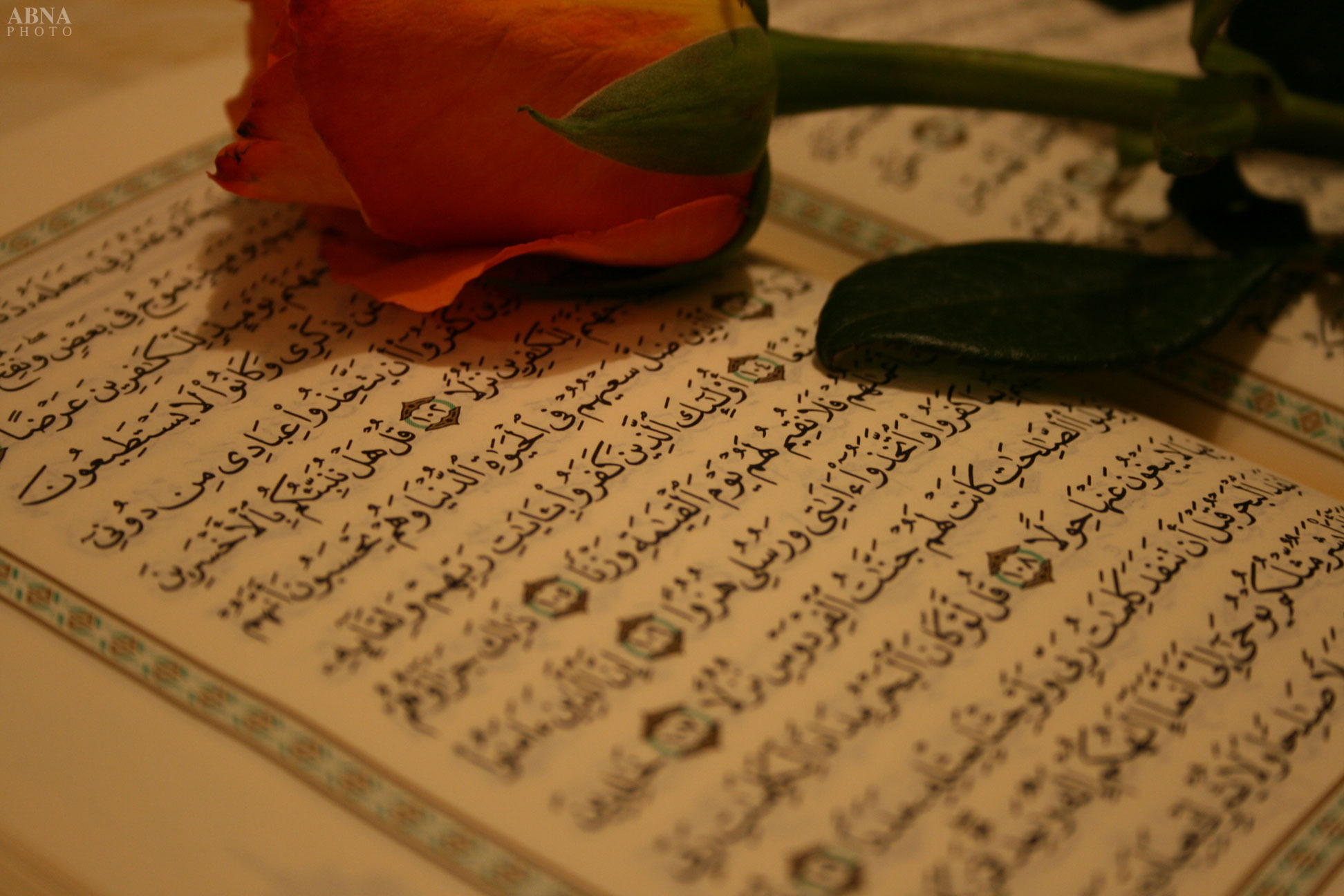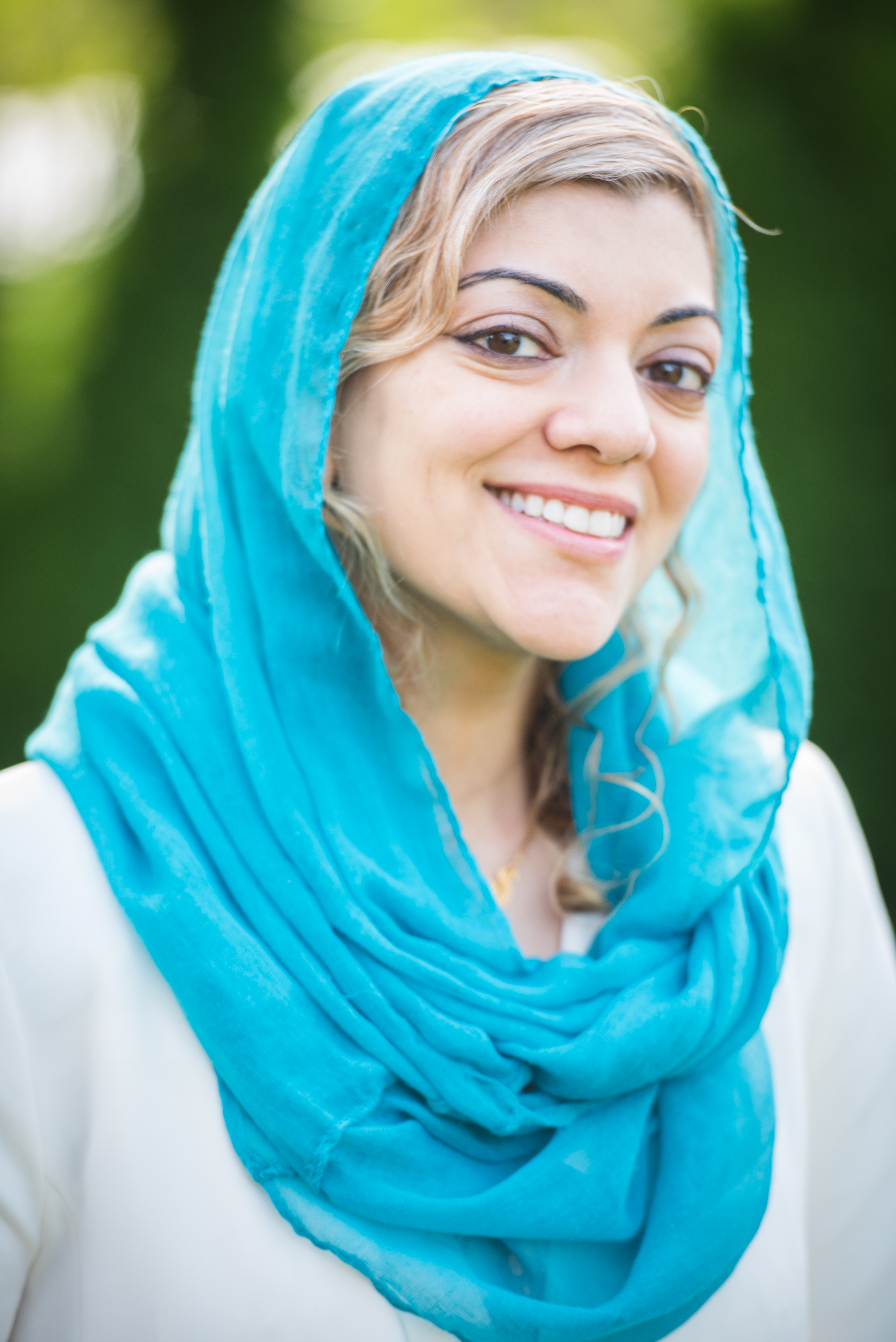A recently published article in The Guardian (UK) focuses on the achievements of Zahra Rahnavard, who happens to be the wife of a political opponent of Iran’s President Mahmoud Ahmedinijad. Once again, an extraordinary woman is defined only by her connection to her husband.
During an election campaign, we often get articles focusing on the wives of male candidates. It is never surprising when there are an abundance of articles on how they dress and how much they support their husbands. The Guardian’s recently published piece focusing on Zahra Rahnavard does not differ much from this norm. However, the conclusions reached in article seem to differ wildly from the same conclusions that would be drawn about Rahnavard’s counterparts in the U.S. or Britain.
What I found to be most fascinating with the piece was the focus on dress and how clothing was used to determine so much about Rahnavard, despite her achievements. The very first paragraph focuses on Rahnavard’s chador:
She preserves her modesty underneath an all-encompassing black chador and has written essays urging Muslim women not to renounce the veil. But now Zahra Rahnavard is heralding a sexual transformation in Iran’s male-dominated politics by capturing the limelight in her husband’s bid to become president.
Later in the article we discover that Rahnavard’s husband is a reformist and that Rahnavard is herself a reformist academic. However, the first image and perhaps the lasting image that we’re given of Rahnavard is of someone who is “encompassed” by a black veil and who seems overly concerned with maintaining “her modesty”. No matter what Rahnavard achievements are, the author of the piece, Robert Tait, limits her to her “veil”, her chador. His image of her in the first sentence is a paradox of the image given the second sentence: woman in “all-encompassing black chador” is leading a “sexual transformation” in her sexually repressed, sexist society. The paradox serves to once more limit how we view Rahnavard. We’re forced to see her either through the lens of the veil or the lens of gender.
Even when the article goes further into details about Rahnavard’s achievements, they’re still framed by Rahnavard’s decision to wear the chador:
Rahnavard, who holds a PhD in political science and lived in exile in the US during the shah’s reign, is an unlikely women’s rights campaigner by western standards. She has written essays entitled The Colonial Motives for the Unveiling of Women and The Beauty of the Veil and the Veil of Beauty.
Rahnavard becomes an unlikely women’s rights campaigner because she’s written an essay on the connection between colonization and the unveiling that was seen in Muslim countries? This is not an issue that only Rahnavard has written on. Muslim feminist authors like Leila Ahmed have also written about the connection between colonization and hijab becoming unfashionable in Muslim societies. Again, Rahnavard is being seen through the lens of hijab, even though the article is suppose to be about how she is transforming the role of women in Iranian politics.
Which brings me to the main idea of the article: Rahnavard’s appearances with her husband, Mir Hosein Mousavi, on the campaign trail is transforming the role of Iranian women in politics. This assertion is problematic to me. Why is being the wife of a political candidate transformative for women in politics? Why is her appearance with her husband transformative? No one would say that a wife of a candidate in a Western country is transformative for women in politics. It wouldn’t matter if she was in the public eye or not.
Yet Rahnavard’s appearances with and campaigning for her husband is transformative for Iranian women in politics? It’s not as if there aren’t Iranian women politicians or women involved in Iranian politics on various levels. Rahnavard herself was an advisor to former Iranian president Mohamed Khatami. The author wrote this in the article. However, Rahnavard is only seen as transforming women’s roles in Iranian politics by her connection to her husband, despite her impressive individual achievements.
If the article simply served as a profile of Rahnavard, focusing on her role in her husband’s campaign wouldn’t be problematic. However, this article is touting Rahnavard’s campaigning for her husband as revolutionary for women.
Despite what Tait thinks, Rahnavard’s chador doesn’t hide her achievements. Once again, an extraordinary woman is defined by her connection to her husband. Though this time, it’s through an Orientalist lens.
(This article originally appeared at Muslimah Media Watch)




